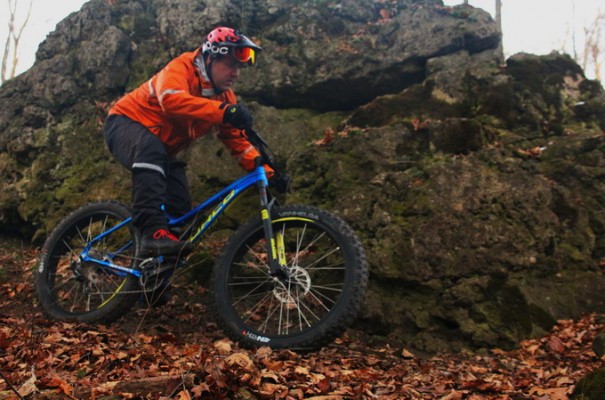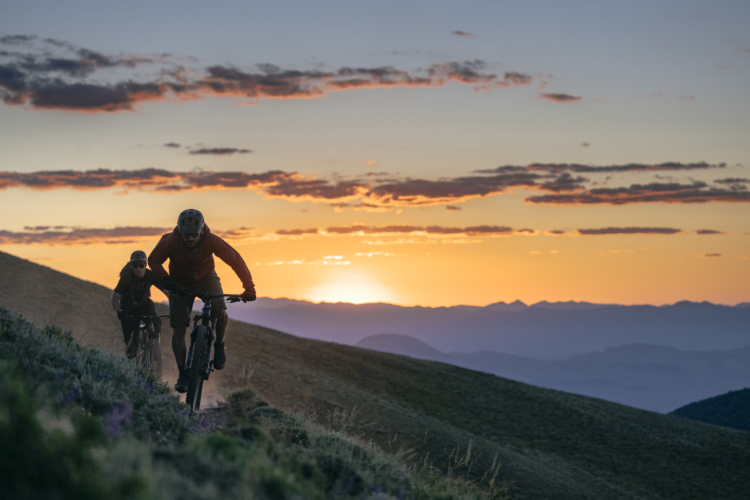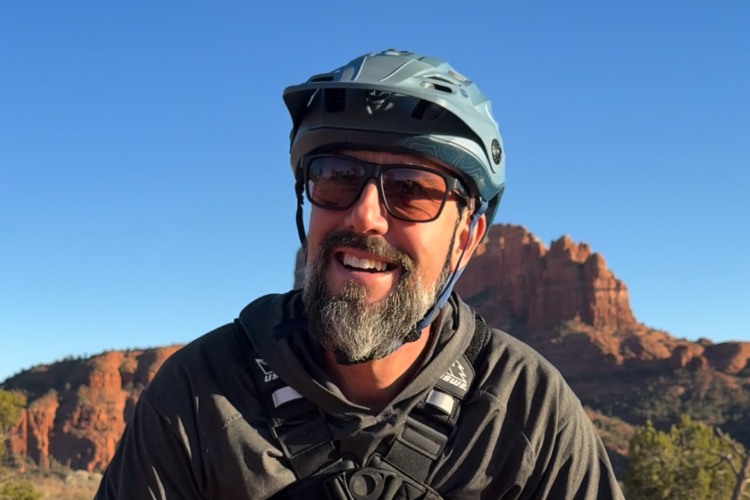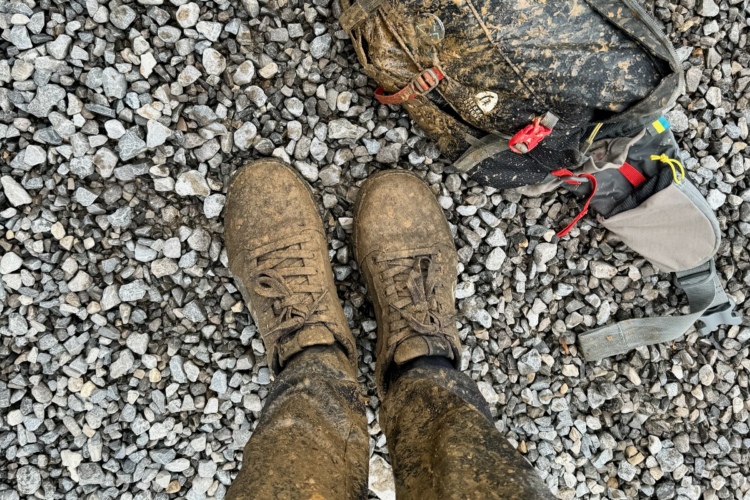The Sasquatch is Norco’s first fat bike that uses a suspension fork. Compared to the Bigfoot line, the Sasquatch’s geometry has been tweaked to accommodate the RockShox Bluto. The 6061 hydroformed aluminum frame has been designed with a low stand over height regardless of size. Compact and sturdy, the relatively low (313mm) bottom bracket height is key to both maneuverability and stability… yet it’s still high enough to clear most logs.
Key components include the fat bike-specific FSA Comet cranks with a lower front chainring gear combo (36/22), allowing you to trudge along as slow as you’d like.
The build spec below is respectable for a bike priced at $2475 USD. A mix of Shimano SLX and XT for the driveline is both durable and economical for most, and offers room for improvement if you desire.
SRAM’s new Guide R brakes are your chicken switches. According to Norco, they choose the Guides over brakes which use mineral oil. SRAM is of the belief that the DOT fluid is not affected by cold weather.
When setting up the Sasquatch I followed the recommended air pressure for the Bluto as per RockShox’s customary pressure decal found on the left side of the fork. Other items that I had to tweak included the brake lever reach. I tend to leave very little freeplay on the lever, and prefer full braking near the top of the stroke. It was easy enough: with a fresh bleed and adjustment of the reach knobs I was good in minutes.
I wanted a balance of ultimate grip and good rolling resistance. In the case of the the Sasquatch I started at 8.5PSI and played around until I hit a happy medium at 7PSI. I did try lower pressures, but on sharper, squared-edged rocks I started to feel light rim strikes.
Having a good understanding on what I want out of a bike, I was happy to change to a shorter stem right off the bat. After a few initial rides I then swapped out the bar, grips, and seatpost/saddle. Yes I am picky and I prefer carbon in these spots. All of these items are the new Ritchey Trail line of parts, and the saddle is the new WCS Vector EVO Streem saddle. The alloy bars and Norco foam grips just weren’t doing it for me.



















6 Comments
Jan 3, 2015
Jan 28, 2016
Ditched my giant reign and haven't looked back, you need to ride a fattie for about 5 rides to start to see how fast you can go insane grip. Try to stay off the brakes just hang on.
Jan 1, 2015
Jan 3, 2015
Jan 9, 2015
Jan 3, 2015
My favorite part of the review: The Guides were silent. I'm looking to pick up a pair of those while I build my bike over the winter.